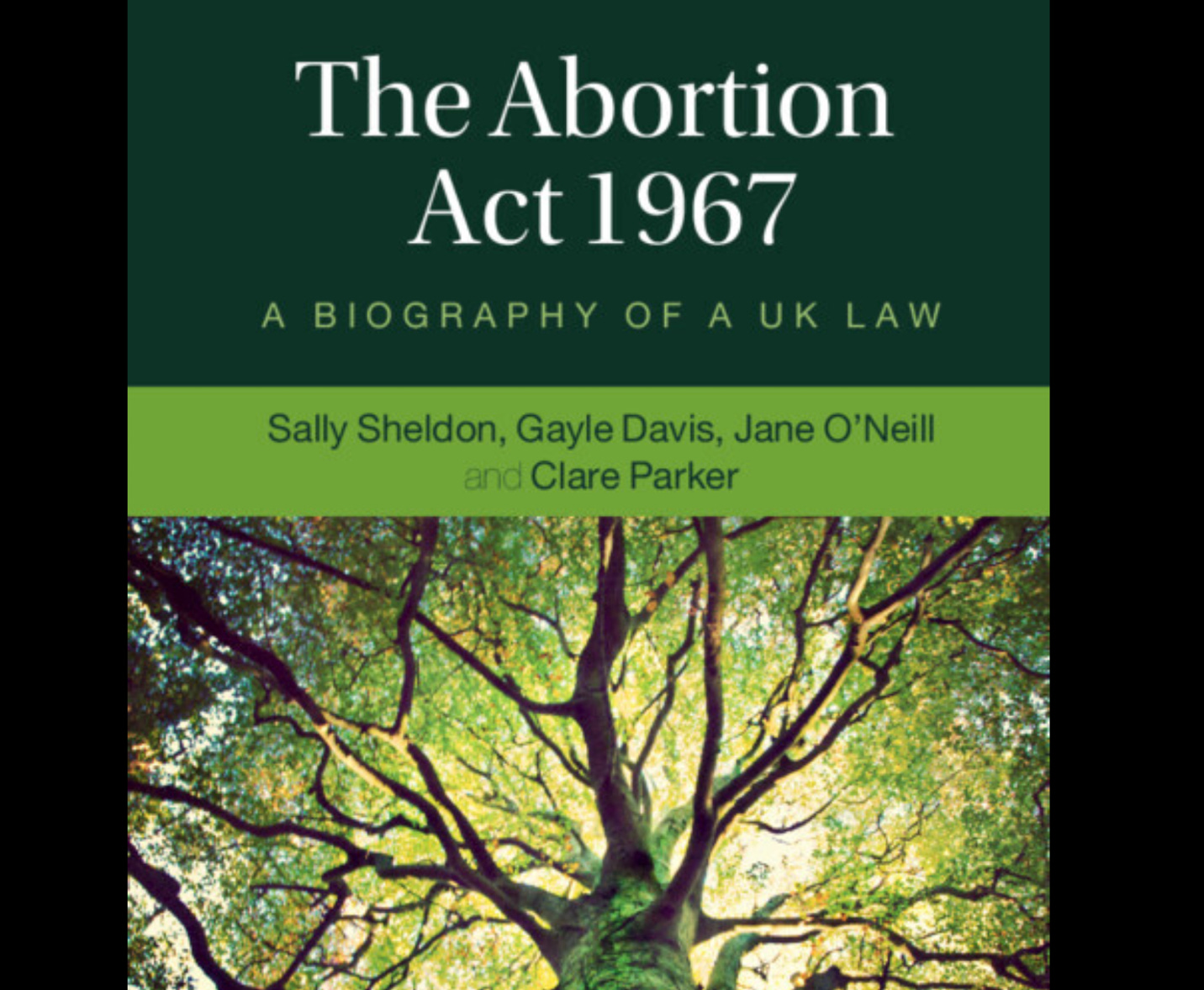British researcher traces history of abortion law reform
Dr. Sally Sheldon looked at origins and evolution of modern UK law dictating how reproductive care should be regulated.
When looking at the English abortion rights movement, it’s helpful to study its history to understand where it should go next.
To do that, I spoke with Dr. Sally Sheldon, author of The Abortion Act of 1967: A Biography of a UK Law. The book retraces the reform movement in the 1960s and subsequent attempts to limit or expand access in the following decades. Sheldon said it’s been considerably contentious, but the nature of the debate has shifted. They had thought that it was too liberal and needed to be restricted.
“The center of gravity of the debate now is much more about, ‘This law is too restrictive. We need liberalizing reform,’” Sheldon said.
Her book begins by placing the reader firmly in the context of the 1960s. It shows that it was a fiercely contested law with motives familiar to feminists and ones that may not be a driving force today. Sheldon argues that the abortion act was not the result of feminist impulses, though. She said it was rooted in the desire for better public health, social justice, and, to a lesser extent, eugenics.
Insofar as the last one–eugenics, the bill was written during an era in which fetal deformities had become commonplace within the context of Thalidomide use and the Rubella pandemic. So, abortion was seen as an option that would prevent that from occurring, as Sheldon points out.
I have written about the famous case of Rex v. Bourne, in which an OB/GYN has faced life imprisonment for performing an abortion on a 14-year-old rape victim. The case was significant because it paved the way for the laws to change decades later and established a precedent where abortion was permitted in certain circumstances.
Sheldon talks briefly about that and then shifts the focus to the second itineration of the Abortion Law Reform Association, which had begun in the 1930s by women who wanted to decriminalize the laws. It waned during World War II but then resurged in the 1960s with the work of Madeleine Simms, Diane Munday, and Dilys Cossey.
Though MP David Steel was given much credit for passing the laws, those three women and those working with them had laid the groundwork for him.
The primary motivation was eliminating the need to go to illegal abortionists.
“There's significant maternal mortality and morbidity resulting from illegal abortion,” Sheldon said. “There's a sense–and this is very clear in David Steele's motivation for bringing that legislation–that this is a way of taking control of abortion.”
The feminist movement wasn’t responsible for the act but merged around it and became a powerful force in British politics.
English abortion law makes doctors the gatekeepers of abortion. To obtain one, women have to consult with a doctor and demonstrate to them that they would be mentally distressed if the pregnancy were to continue. In reality, they have to say they would be distressed without facing probing questions. But it’s still markedly different from the American model, where they can walk into a clinic and often get one without facing any questioning.
“We have very narrow grounds for permitting abortion even before 1967, so the idea was that you would extend that slightly, but not too far,” Sheldon said. “And the way of keeping those limits is to give doctors control over who can access abortion.”
We spoke about the recent rise in abortion prosecutions that have come as the medical model has shifted toward telemedicine and terminating pregnancies through the use of pills. In the country, there have been six recent prosecutions of women who took abortion medication.
Abortion clinics there communicated with activist leaders and told them that they had been contacted more than 100 times as police investigated women for violating the Offense Against the Person Act, a Victorian-era law passed in 1861 that calls for nearly life imprisonment for performing an abortion. That law was never actually repealed during the reforms of the 1960s.
One woman had been sent to prison for violating the law, which drew a stern rebuke from the Court of Appeals, which thought the 18-month sentence was too harsh.
“They thought it would be very rarely in the public interest for a woman to be incarcerated because of illegal abortion,” Sheldon said. “And that, I think, sends out a very clear message to prosecutors, either to do with bringing these cases or with what sentence they should ask for. So those cases may drop off now, but we don't know.”
It’s important to note that activists seek to reform or repeal the antiquated law calling for life imprisonment. They carry on the legacy of the women in the 1960s and 1930s as they do so. I’ll report more on the situation in England in the next few months.




